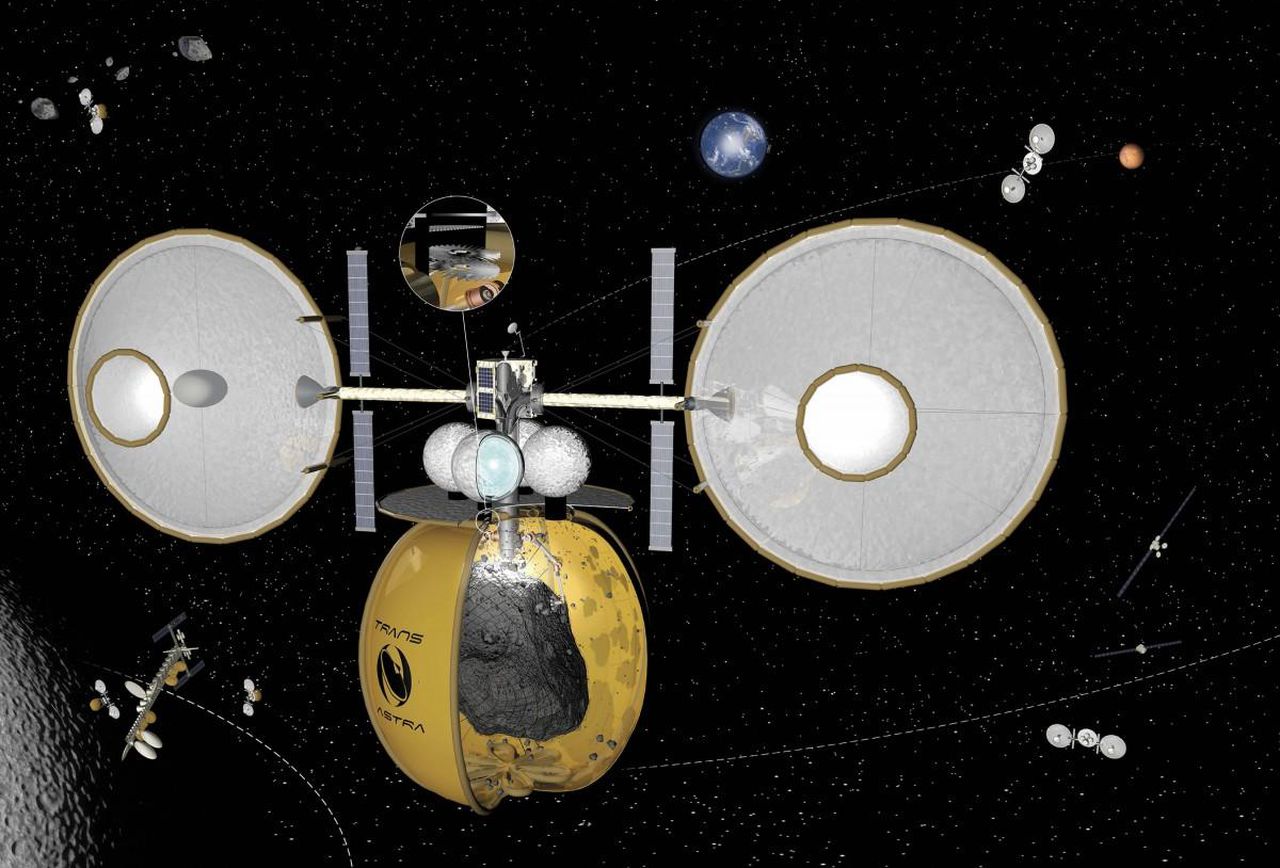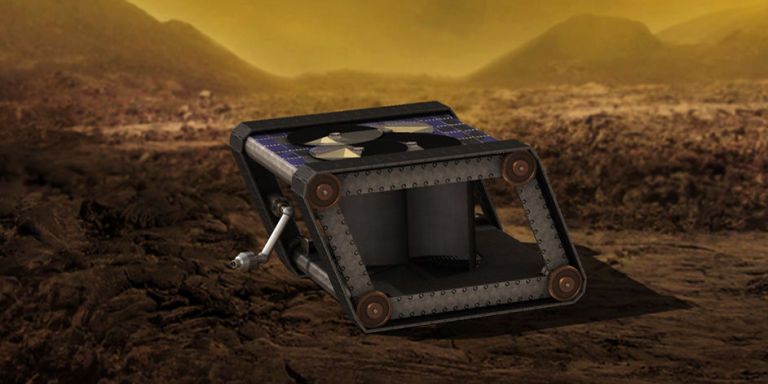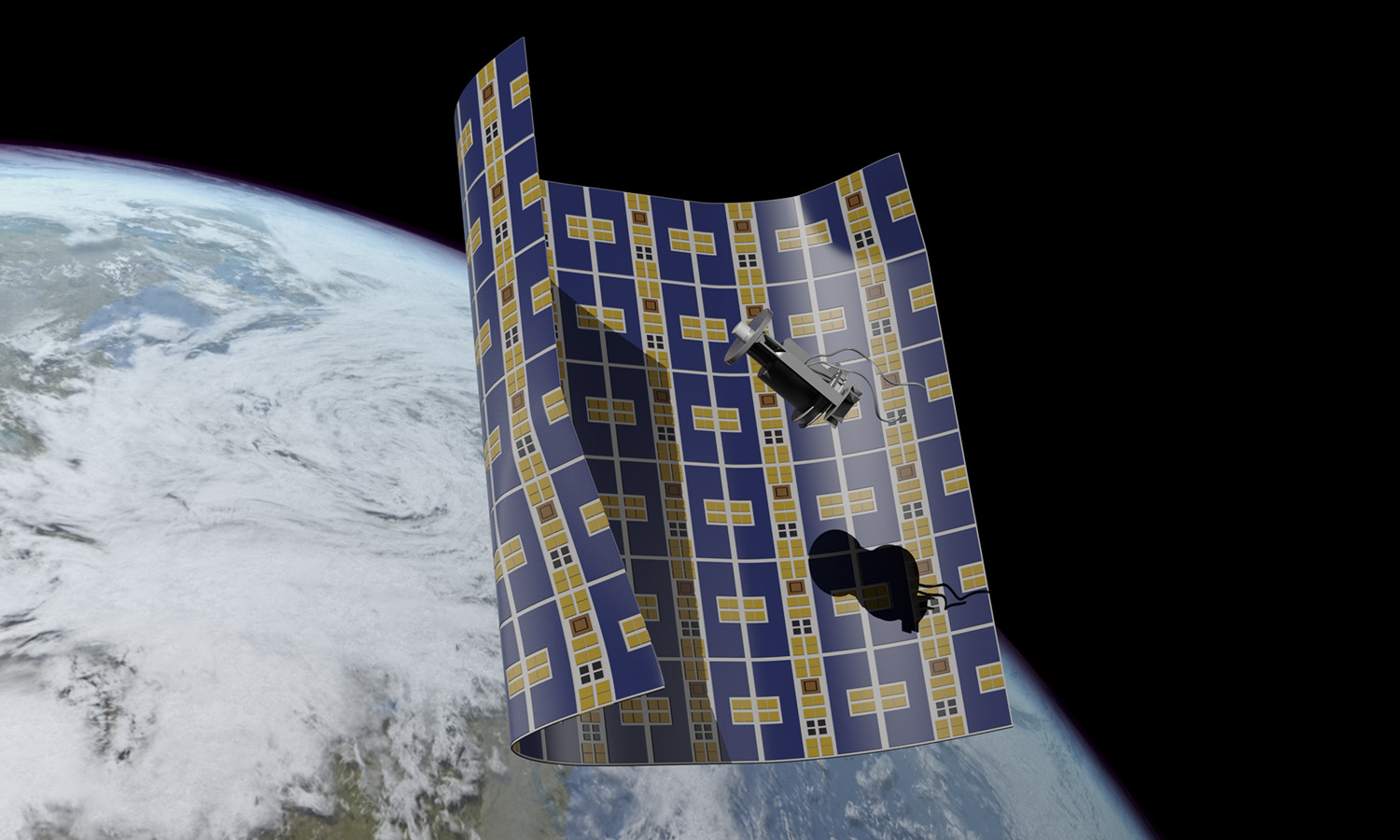Seemingly impossible achievements of yesterday have become realities of today and the revered space agency NASA has always been a step forward in supporting and encouraging the technology of tomorrow.
Earlier this year, NASA funded 22 technology concepts that could spur giant leaps in space science and exploration via their program NIAC– Nasa Innovative Advanced Concepts.
The program works in phases of funding, with Phase I projects funding, aimed to “support initial definition and analysis of their concepts.” If Phase I shows the idea is feasible and will benefit our forays into space, it becomes eligible for Phase II funding.
NASA announced the approvals for Phase II include 7 ideas which, once launched, will revolutionize the space industry. Few of these intriguing ideas are :
1. Optical mining:

The study of meteorites, space rocks that have fallen to the earth, reveals a variety of useful materials such as platinum, palladium and water that could be harvested. This idea focuses on achieving the same.
The mission commences with the launch of the rocket carrying the mining satellite, at the targeted asteroid. The satellite then drops and covers the asteroid in an inflatable bag and further spins such that its reflectors face the sun. Now harnessing the solar power, holes are drilled into the rock to extract water and other elements from it. These are collected in the inflatable bag without the use of heavy robotic machinery through a process called spalling, where tiny, explosive pops of expanding gas push out volatiles within rocks, including water.
NASA’s vision of human exploration remains unaffordable largely due to the high cost of launching large quantities of drinking water, oxygen, radiation shielding and especially rocket propellant from Earth. This concept of optical mining could be the golden ticket for NASA. Just stop by the mothership with the mined resources (conveniently located at the Lagrange point between the Earth and the Moon) and get supplied.
2. Automation rover- AREE:

Man has flagged Mars but hasn’t yet conquered the Earth’s not-so-friendly neighbor, Venus. The Venus, with its extreme temperature and pressure, is hostile to any electronic equipment and none will thrive to relay data back to the Earth.To deal with this dilemma, the technology of the automation rover- AREE (Automation Rover For Extreme Environments), roots back to the mechanical cogs.
The NASA AREE is a boxy tank-like robot that rolls around on treads, allowing it to pass through the craters, trenches, and whatever other rough terrains the planet sends its way. Instead of power from a battery, it uses a wind turbine that generates power from the planet’s wind gusts.
In simplified terms, the rover functions more like a complicated clock mechanism, rather than the modern robots that rely primarily on electronic systems A radar reflecting piston would move up and down to transmit surface “data” as morse code, which could be picked up by “repeater” balloons and transmitted to Earth from an orbiter.
The NASA AREE won’t be using a two-way radio to transmit data as it is guaranteed to get fried in the oppressive temperatures. Instead, it’s going to use an optical reflector that will transmit data in the form of flashing radar light similar to Morse code.
3. Brane Craft Technology:

We’ve known about orbital debris for decades, but with each launch, the problem becomes more urgent. There are at least 500,000 pieces of debris circling Earth as of today and the amount continues to increase exponentially.
The Brane Craft, being designed to deal with this impending crisis, is a yard across, flexible, and less than half the thickness of a human hair. This ultra-thin (mem-brane) spacecraft would be deployed by the dozen and each piece would wrap itself around orbital debris and drag it down to burn up in reentry.
This makes it difficult to protect the spacecraft’s electronics from radiation, or even micrometeorites. Thus the technology is being developed to ensure that if one solar cell is whacked by a micrometeorite, only that cell will fail. Same goes for the craft’s microprocessor and digital electronics — if one fails, others will keep working. Even the propellant tank, which is sandwiched between two thin sheets, is split into multiple segments.
Radiation is another challenge as the spacecraft is thin and most commercial electronics cannot withstand the harsh conditions of space. The NIAC grant allows the company to investigate how to improve radiation tolerance during the short deployments that the company has proposed for the craft.

